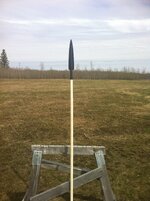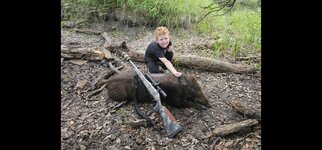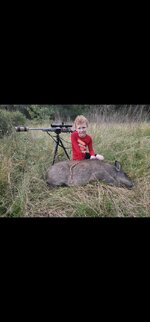- Joined
- Oct 22, 2014
- Messages
- 13,537
No doubt throwing razor blades through a bear makes for some good bleeding. But why is that? My guess is it's the hole in and out that changes "pressure" in chest cavity (deflating lungs) and also pushing blood out. One thing I've found with all my kills with the 77 and 80 is that when I get an exit it's the basically the size of the entry, they are (relatively) tiny holes.
If an arrow makes an 1" to 1.5" cut on the in and out and that leads to great blood trail, would it not follow that a bullet that opens more and exits would exhibit the same characteristics? A .308 isn't expanding to an 1", but it's certainly going to be a lot closer than a .224 isn't it?
I’ve seen bears killed with .224, 6mm, 6.5mm, 7mm, 30cal, and 338. None have produced consistent blood trails. Even 300 mags producing 2-3” exit holes haven’t bled that much. Fat and hair absorb so much blood, that I didn’t use that as a factor for bears. I want to create massive damage in vitals and limit how far they run.






